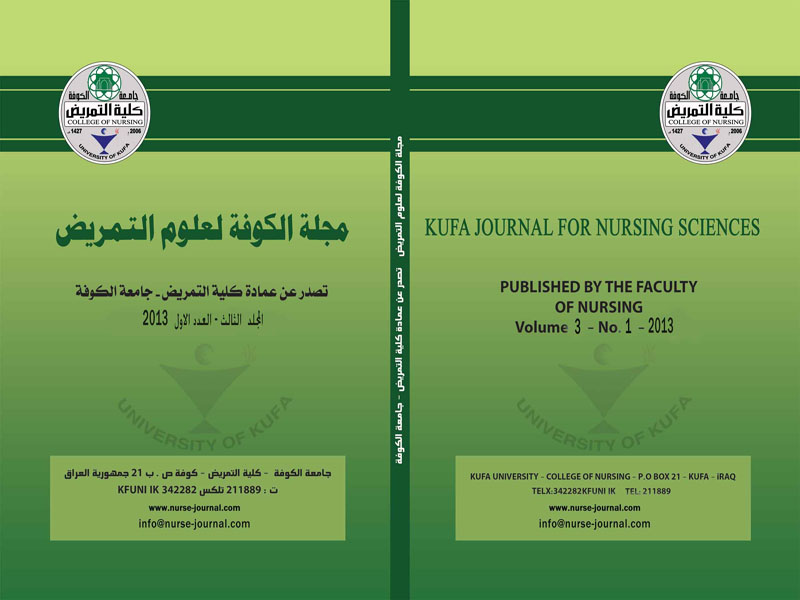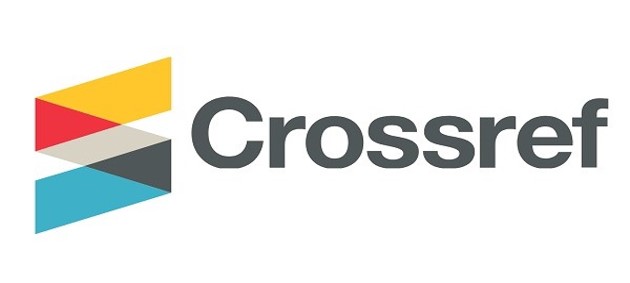Comparison between the Sensitivity of Ultrasoundand Conventional X-Rays in Diagnosing Nasal Bone Fracture
DOI:
https://doi.org/10.36321/kjns.vi20131.2405Keywords:
nasal bone fracture, x-ray, ultrasoundAbstract
Background: A cross-sectional study was conducted in AL- Sadir medical city in AL Najaf-Iraq, during the period between July 2011 to March 2012, 35 patients aged 1 to 45 years with nasal bone fracture who underwent physical examination
Objective: To evaluate the sensitivity of ultrasound in the diagnosis of nasal bone fracture in comparison with conventional X ray sensitivity.
Methodology: these patients were examined by conventional lateral nasal bone radiography followed by sonography without knowing the result of x-ray report and physical examination.
Results: In this study a 35 patients who had nasal bone fracture according to physical examination were investigated by sonography and radiography. Of these patients, 30 were men and 5 were women, with mean age of patients was 18.63 years. The current study revealed an x ray sensitivity approaching 60%, specificity was 86.7% respectively. While the results showed that ultrasonography sensitivity was 80%, specificity was 6.7% compared with clinical examination. The present study showed comparison of both tests that ultrasonography sensitivity was 80%, specificity was 6.7%, while x-ray was 60%, 86.7%. Also the results showed patients gender distribution of the nasal bone fracture with female and male percentage of 14.3% and 85.7% respectively. The results showed depending on trauma type domestic, RTA, and direct, the percentage rate was 34.3%, 11.4% and 54.3 % respectively. Also the results showed that frontal trauma associated with nasal bone fracture is 62.9% while a lateral trauma associated with nasal bone fracture is 37.1%.
Conclusions: Ultrasound is more sensitive test than x-rays in the diagnosis of nasal bone fracture and males are more exposed to nasal bone fracture than females with direct trauma is the predominant cause for nasal bone fracture.
Recommendation: Using ultrasound to confirm nasal bone fracture after clinical examination especially in children and pregnancy because it safer, cheaper, more sensitive and real time scan & to expanding the study to include follow up of patient after treatment.
Downloads
Downloads
Published
How to Cite
Issue
Section
License
Copyright (c) 2014 Assistant Prof. Dr. Raed Haleem Al-Saa

This work is licensed under a Creative Commons Attribution 4.0 International License.













